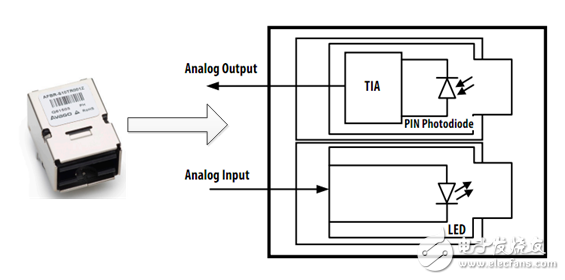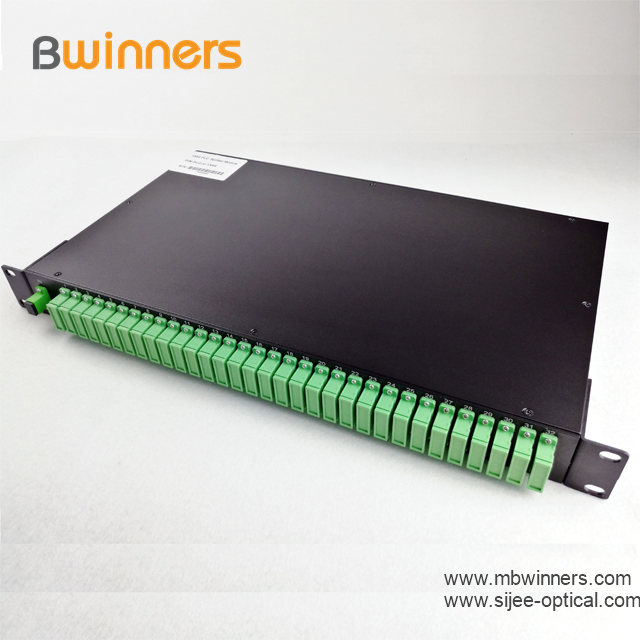As an electrical device, the switchgear plays the role of opening, closing, controlling and protecting the electrical equipment in the process of power generation, transmission, distribution and electric energy conversion. As a common fault in the switchgear, arc short circuit will radiate huge energy such as sound, light, electricity and heat. If it is not timely, it will cause damage to the power system and electrical equipment, and even personal injury. Therefore, effective measures must be taken to quickly extinguish the arc to ensure the normal operation of the switchgear. The basic idea of ​​arc fault protection is to detect the arc or current and voltage signals of the fault arc in real time. When the signal amplitude exceeds a predetermined threshold, the control system is started to make the circuit breaker work. Compared with the traditional current and voltage detection methods, the light detection method not only can generate extremely fast response, but also has ultra-low transmission delay, which can greatly reduce the response time of the detection system. In addition, the light is complicated in the operation of the detector. Extremely stable in EMI environments. Therefore, light detection has become the best way of arc detection. For the light detection of arcs in switchgear, Shiqiang supplier Avago has introduced a 650nm high-reliability analog fiber transceiver unit (AFBR-S10TR001Z) that can operate from -40°C to +85°C. At the same time, the system designer can use the device to design an arc sensor on a 1 mm plastic optical fiber (POF). Its shape and internal structure are shown in Figure 1. Figure 1: Outline and internal structure of AFBR-S10TR001Z The AFBR-S10TR001Z consists mainly of a transmitter and a receiver. The transmitter contains an LED with a center emission wavelength of 650 nm. The receiver contains an ASIC that integrates a photocell (PD) and a transimpedance amplifier (TIA). This ASIC provides an analog voltage output to the pull-arc monitoring unit. Figure 2: Relative spectral sensitivity curves of photocells in a transceiver 2 is a relative spectral sensitivity curve of a photocell in a transceiver, the black line indicating that the relative spectral sensitivity of the photocell of the ASIC integrated in the transceiver is related to the wavelength of the light of the input light. The blue line depicts a typical arc spectrum. The photocell response completely covers the spectral range of the arc, ensuring complete detection of arc events. A typical application circuit for the AFBR-S10TR001Z is shown in Figure 3. Figure 3: Typical application circuit for AFBR-S10TR001Z About Shiqiang Founded in 1993, Shiqiang Advanced includes Anwara, Renesas Electronics, AARONIA AG, Silicon Labs, Rogers, Melexis, Infineon, Acam, Alliance, Littelfuse, EPSON, Vincotech, Wima, New Battery, SMI, TT Electronics, Ricoh Microelectronics, Keysight and other world-renowned semiconductor companies and test and measurement instrument companies in the Greater China region, is an important distributor of many electronics manufacturing and R&D companies. In addition to covering the traditional industrial, communications, consumer and automotive electronics sectors, the emerging business of the Internet of Things, Internet of Vehicles, Wearables, and Smart Mobile Terminals brings more cutting-edge technologies and innovative products. As a technology-driven distribution company, Shiqiang also has a mature technical support team and system service processes to provide customers with new product introduction, rapid sample, application consulting, solution and software design, development environment, after-sales and logistics. Professional services. Shiqiang has 17 offices and subsidiaries Xinhualong in the country, with 650 employees. On January 11, 2016, the launch of Shiqiang Component E-commerce 020 intelligent hardware innovation service platform will provide engineers with comprehensive coverage of technical support and quality service experience.
The PLC splitter is used to separate or combine optical signals. A PLC is a micro-optical component based on planar lightwave circuit technology and provides a low-cost light distribution solution with the small form factor and high reliability.
Rackmount Splitter is manufactured using silica glass waveguide circuits that are aligned with a v-groove fiber array chip that uses ribbon fiber. Once everything is aligned and bonded, it is then packaged inside a miniature housing. PLC splitter has high-quality performance, such as low insertion loss, low PDL, high return loss, etc.
High quality; low failure rate.
Rackmount Splitter,Fiber Optical Splitter Rackmount,1U Rack Mount PLC Splitter,PLC Fiber Optical Splitter Sijee Optical Communication Technology Co.,Ltd , https://www.sijee-optical.com


Advantages
Suitable for multiple operating wavelengths (1260nm – 1650nm); unstinted.
Equal splitter ratios for all branches.
Compact configuration; smaller size; small occupation space.
Good stability across all ratios.

